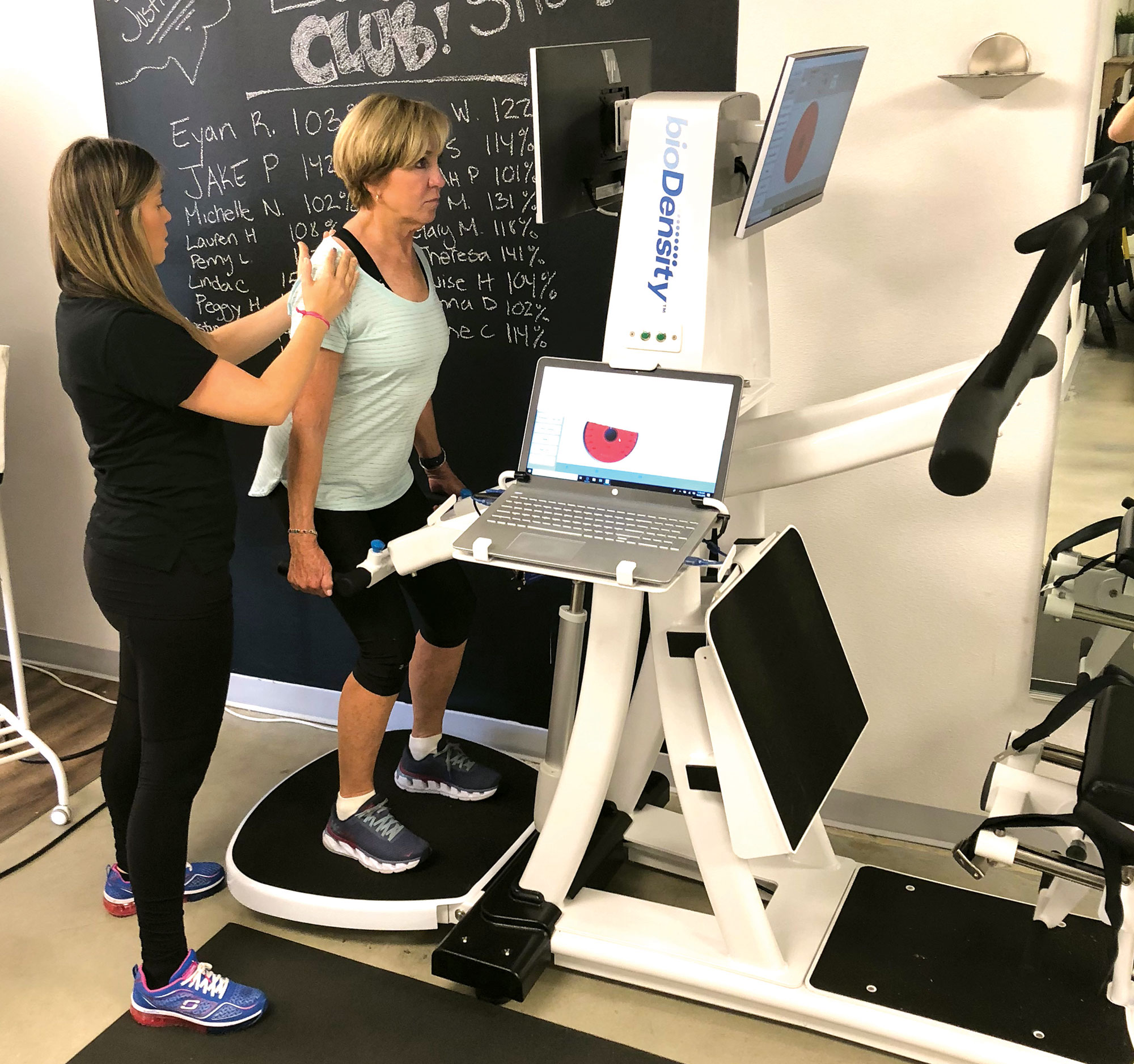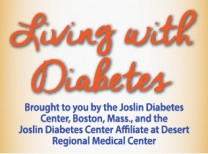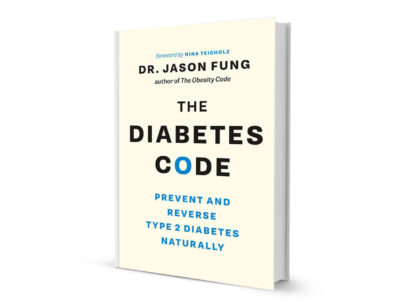For many affected by high glucose levels, the A1C is a familiar blood test that measures the amount of glucose that attaches to or binds with hemoglobin found in red blood cells. High glucose levels in the blood stream are often indicators of pre-diabetes or type 2 diabetes (T2D) and greatly impact a person’s overall wellbeing.
When a person’s A1C points to high glucose levels, medication, modifications in diet, and incorporating cardiovascular and some weight training exercise are considered appropriate paths to lowering associated risks.
Research is now showing positive results for osteogenic loading, a form of resistance training, as a simple, yet effective means of also lowering AIC.1,2 Osteogenic loading (OL) is traditionally a rehabilitative medicine method with a goal of improving bone density and preventing bone fracture. It is a brief, intensive resistance exercise that has long been shown to increase lean muscle mass and improve bone density. This new theory is that these protocols also stimulate myofibril (muscle fibers within cells) to change the actual cell structure where insulin receptors absorb glucose. By increasing myofibril hypertrophy (or structure), more insulin receptors are available to convert glucose into energy which, in turn, lowers A1C levels.
This new research is encouraging for those struggling with pre-diabetes and T2D as the osteogenic loading does not require a lot of time to see results. As reported in the Journal of Diabetes and Journalism, subjects completed therapy intervention only once per week with a minimum of 18 sessions completed at the conclusion of the 24 weeks; no dietary modification was implemented. Bone density improvement is seen with as little as 15 minutes a week.
That osteogenic loading is effective for increasing bone density and muscle strength has been well-researched and documented. What we did not know is that it is also showing promise as an effective, non-invasive way to reduce A1C.
Bettyann Sator is co-owner of Restore Health in Indian Wells and can be reached at (760) 408.2720. For more information visit www.restorehealth.me.
References: 1) Chelsea R. Slagowski, Sarah E. Dixon, Rebecca C. Mo9ynes, James S. Skinner, Derek T. Smith, Division of Kinesiology and Health, University of Wyoming; 2) The Effects of Axial Bone Osteogenic Loading Type Resistance Exercise on Adults with Risk of Moderate Metabolic Dysfunction: A Pilot Study. Journal of Diabetes and Metabolism, Bazil Hunte and John Jaquish. 6: 539.









































Comments (0)